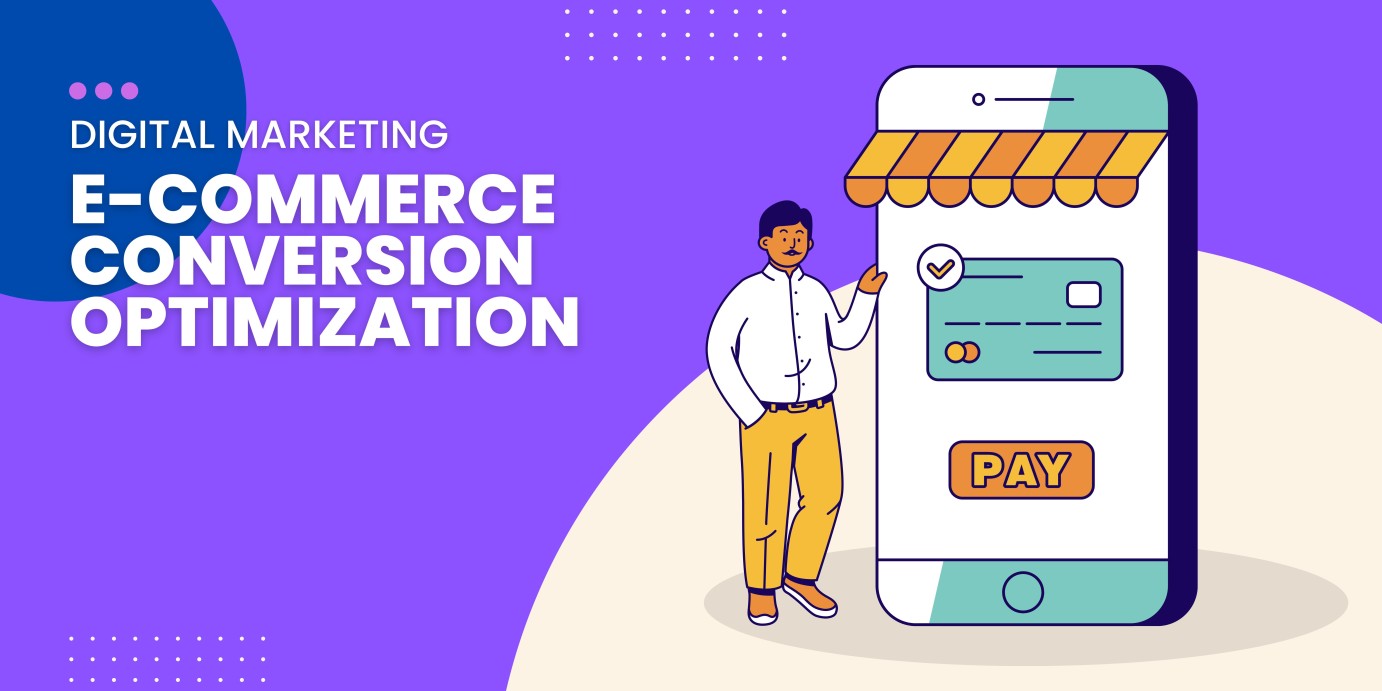As an e-commerce business, optimizing your website for conversions is vital to maximize your sales and revenue. In this article, we will explore effective strategies and techniques to optimize your e-commerce website for better conversion rates.
1. Improve Site Speed
Site speed is crucial for a positive user experience and higher conversions. Optimize your website's performance by minimizing file sizes, leveraging browser caching, and using content delivery networks (CDNs). Compress images, enable browser caching, and optimize your code to reduce page load times. A faster website will reduce bounce rates and increase the likelihood of visitors making a purchase.
2. Enhance User Experience
A seamless and enjoyable user experience can significantly impact conversions. Ensure your website is easy to navigate, with clear and intuitive menus and categories. Simplify the checkout process by minimizing the number of steps required and offering guest checkout options. Optimize your website for mobile devices to accommodate mobile shoppers. Provide detailed product descriptions, high-quality images, and customer reviews to build trust and help customers make informed buying decisions.
3. Optimize Product Pages
Product pages are crucial for driving conversions. Optimize your product pages by using high-quality images, detailed descriptions, and persuasive copy. Highlight key features and benefits, and include customer reviews and ratings. Implement scarcity tactics such as limited-time offers or low stock notifications to create a sense of urgency. Use clear and prominent call-to-action buttons to encourage visitors to add items to their carts and proceed to checkout.
4. Implement Trust Signals
Building trust is essential for e-commerce conversions. Incorporate trust signals throughout your website, including secure payment icons, SSL certificates, and trust badges from reputable organizations. Display customer testimonials and reviews prominently to showcase positive experiences. Highlight your return policy, shipping information, and customer support options to instill confidence in your visitors.
5. Leverage Persuasive Call-to-Actions
Effective call-to-actions (CTAs) can significantly impact conversion rates. Use compelling and action-oriented language in your CTAs. Experiment with different button colors, sizes, and placements to find the most effective combination. Create a sense of urgency by using words like "limited time," "exclusive," or "act now." Test different CTAs and analyze their performance to optimize for maximum conversions.
6. Optimize for Search Engines
Improve your website's visibility in search engines to attract more relevant traffic. Perform keyword research to identify high-intent keywords related to your products. Optimize your product titles, descriptions, and metadata to align with these keywords. Create informative and keyword-rich content such as blog posts and buying guides to attract organic traffic. Build high-quality backlinks from reputable sources to enhance your website's authority.
7. Streamline the Checkout Process
The checkout process should be seamless and hassle-free. Minimize the number of required form fields and offer guest checkout options. Clearly display the total cost, shipping options, and payment methods. Provide multiple payment options, including popular methods such as credit cards, PayPal, and digital wallets. Optimize your checkout page for mobile devices to accommodate shoppers on-the-go.
8. Analyze and Optimize
Continuously analyze your website's performance and make data-driven decisions to optimize conversions. Use web analytics tools to track key metrics such as conversion rates, bounce rates, and average order value. Identify bottlenecks and areas for improvement, such as high-abandonment product pages or checkout issues. Implement A/B testing to compare different design elements, copy variations, or pricing strategies to identify the most effective approaches.
Conclusion
E-commerce conversion optimization is essential for driving sales and revenue. By improving site speed, enhancing user experience, optimizing product pages, implementing trust signals, leveraging persuasive CTAs, optimizing for search engines, streamlining the checkout process, and continuously analyzing and optimizing your website, you can increase your conversion rates and achieve greater success in the competitive e-commerce landscape. Implement these strategies and techniques to optimize your e-commerce website for maximum conversions and profitability.

